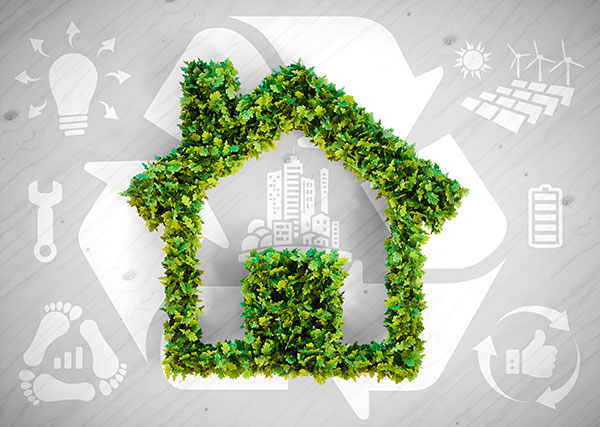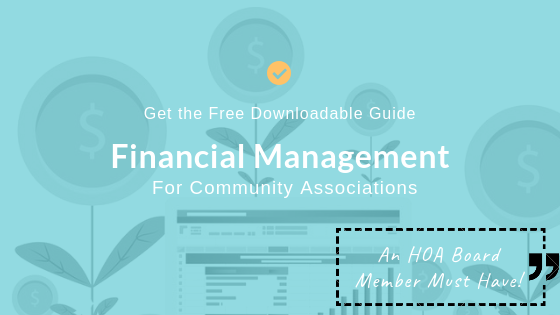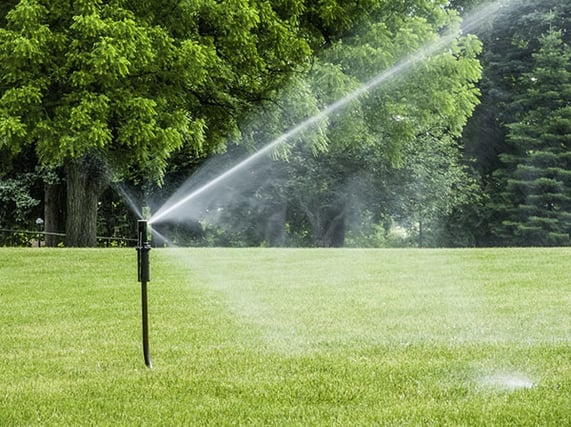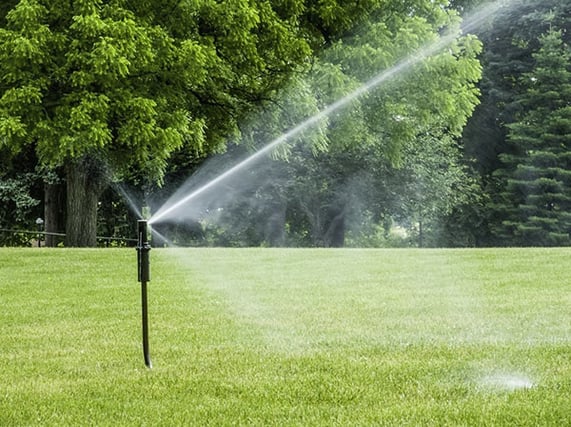There's no doubt that green is hot in terms of helping the environment. When it comes to your HOA, green building initiatives can also help you save money. Achieving LEED certification for a building or neighborhood speaks volumes to potential and current members about the HOA's commitment to going green. Exploring the LEED certification options and other green initiatives is imperative for HOAs who want to stay competitive, relevant, and within budget.
What is a LEED Green Building?
LEED stands for Leadership in Energy and Environmental Design. Developed by the U.S, Green Building Council (USGBC), LEED is a third-party, internationally recognized certification program for building projects. It provides the framework for identifying and implementing the best practices for:
- Green building design
- Construction
- Operations
- Maintenance
LEED certification is adaptable throughout the lifecycle of a building—through tenant fit-out and properties with a significant retrofit. A LEED program for Neighborhood Development extends the certification from buildings to entire neighborhoods.
Types of LEED Certification
Using a points system, the LEED certification process rates five basic areas of building design and construction:
- Sustainable Sites
- Water Efficiency
- Energy and Atmosphere
- Materials and Resources
- Indoor Environmental Quality
The extent of the sustainability achieved with a building determines the level of certification awarded. LEED certification levels include: Certified, Silver, Gold, and Platinum.
Benefits of LEED Certification
The interest in LEED-certified homes continues to grow. According to a survey by the National Association of Realtors, more than half of responding agents said buyers are interested in the energy efficiency of their next home. A study conducted of property owners in the San Diego market revealed that LEED-certified buildings commanded higher rents than non-green buildings due to supply and demand.
In addition to saving the planet, the economic benefits of LEED-certification are equally attractive. According to the USGBC, between 2015-2018, LEED-certified buildings are estimated to have generated the following savings:
- $1.2 billion in energy
- $149.5 million in water
- $715.3 million in maintenance
- $54.2 million in waste
Obtaining official certification takes time and effort. For example, LEED for Neighborhood Development requires submitting the proper forms, payment for associated fees, and allowing time for the application review process. Preliminary review results can take anywhere from 20-25 days, depending upon the number of applicants the agency receives.
The project must have no more than 75 percent of the project's total floor area constructed. Built projects must submit applications no later three years after the project is completed. While the LEED application process may appear overwhelming, it is simply a matter of following the required steps. The USGBC even offers a public relations guideline to help you spread the word about your LEED Certification once it is awarded.
Other Green Alternatives to LEED
Pursuing LEED certification may not fit an association's current plans or future goals. There are other green community initiatives that an association may implement to save money and protect the environment. Examples of a proactive approach to going green include:
- Using solar energy
- Encouraging recycling
- Reducing paper waste at board meetings
- Conserving water with better landscaping techniques
Consider hosting a "how to go green" workshop in your community events center. Ask members—or get a local speaker—with knowledge about the environment to share ideas and tips about better sustainability. Not only will this serve to generate community engagement but it can also encourage everyone to do better within their own homes.
About RealManage
HOA board members have a full plate when it comes to the board duties and their personal lives. A property management company like RealManage can help ease the load by providing professional guidance. For more information about our services and how we can help your HOA community thrive, contact us online today.





